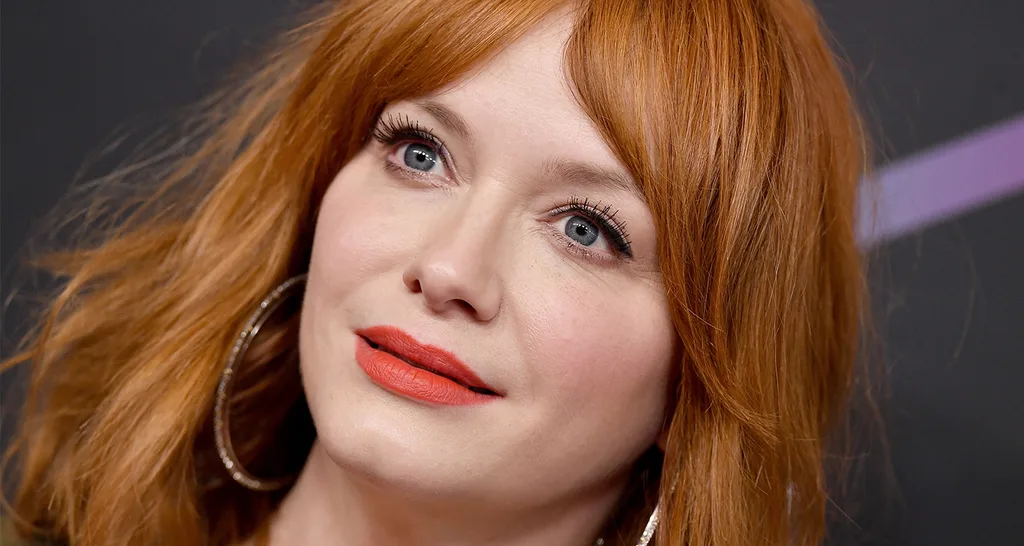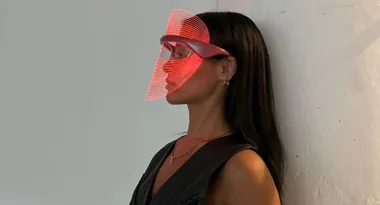FAQs and Facts about Red Hair
Q: Where does red hair come from?
A: Contrary to popular opinion, red hair did not originate in Scotland, Ireland or Scandinavia, but in central Asia.
According to the Washington Post, as our ancestors migrated from this region to the colder, darker climate of northern Europe, redheads had a survival related advantage over their darker skinned, darker haired counterparts.
People with red hair colour produce vitamin D more efficiently in less sunlight, making their bones stronger and leaving women more likely to survive pregnancy and childbirth in primitive times. Nowadays, the recessive gene thrives mainly in Scotland, Ireland and Scandinavia, leading to the
confusion surrounding its origin.

Q. What is the percentage of redheads in the world?
A: Roughly one to two percent of the world’s population are born with natural red hair – that’s still a sizable number of about 140 million!
There are more redheads in northern and western Europe than in any other region on earth, where an average of up to six percent of people have red or ginger hair.
Ireland boasts the highest national average of redheads with 10 percent, while Scotland comes a close
second with six percent.
Red hair colour is also relatively common in Wales, England, Iceland and Norway. The Telegraph report that red hair is also common among certain communities in Russia, as well as among Ashkenazi Jews.
Ginger hair can be found south of Europe, particularly in the Berber population of Morocco. In Asia, genetic red hair is rare but reddish brown colouring is sometimes found across the Middle Eastern nations of Lebanon, Jordan, Israel, Palestine and Syria.
Asian redheads are occasionally found in Northern Kazakhstan, particularly among the Uyghur ethnic people. Red hair is rarely seen with brown or black skin, but a small percentage of Polynesian people including Papua New Guineans display reddish brown tinges in their hair colour.
Q: Is red hair a mutation?
A: Yes, red hair is a genetic mutation (albeit a stunning one!) which relates to an imbalance of melanin in the body’s skin and hair cells.
The melanocortin 1 receptor (MC1R gene) causes the body to produce more pheomelanin, which is responsible for red and ginger hair tones.
Q: Is red hair recessive?
A: Yes, red hair is recessive. For a child to be born a redhead, both parents must be genetic carriers of
the MC1R gene. If the parent is a carrier but does not have ginger hair themselves, there is roughly a 25 percent chance their baby will have red hair.
The MC1R gene is also responsible for freckles in many redheads.

Q: Do all redheads have freckles?
A: Although red hair colour is associated with freckles, not all people with ginger hair have them. However, redheads always have pale skin and are more susceptible to sunburn and associated melanomas than brunette or blonde haired individuals.
Q: Can redheads get a tan?
A: To make a complex issue simple, the answer is not really.
Thanks to their lack of melanin, redheads burn more quickly and severely than other hair colours. The melanin that ginger haired people possess almost always takes the form of freckles, which are actually just concentrated patches of melanin.
According to Ginger Parrot, if you have freckles, technically you do tan – just in tiny, specific areas!
Q: Red hair is beautiful, but are there any disadvantages to being a redhead?
A: Statistically, redheads are twice as likely to develop skin cancer than any other hair colour. This is due to their light, fair skin which is extremely sensitive to ultraviolet rays of sunlight.
Q: What are the odds of having red hair and blue eyes?
A: The combination of having both red hair colour and blue eyes is extremely rare.
Blue eye colour is a recessive trait, which means both parents must carry the gene for the child to be born with it. As previously mentioned, ginger hair occurs naturally in an average of just two percent of the world’s population, while only 17 percent of humans have blue eyes.
This makes the odds of having both unusual features highly unlikely – in fact, it is the rarest physical combination in the world! Most natural redheads have brown eyes, followed by green or hazel coloured irises.
Q: Who are the most famous redhead celebrities?
A: Debra Messing, best known for her turn in Will and Grace, is naturally blonde but is one of the world’s best loved redheads.

Riverdale actress Madelaine Petsch is a proud natural ginger, as is House of Cards alum Kate Mara.
Mad Men’s resident red bombshell Christina Hendricks made the hair colour popular all over again thanks to her timeless beauty.

Sex and the City’s Cynthia Nixon injected some fire into every girl’s favourite series with her auburn tresses.
American Hustle starlet Amy Adams is famous for her ravishing red locks, just like British songstress Florence Welch – two incredibly beautiful redheads.
Superstar actress Nicole Kidman is perhaps Australia’s best known redhead, while British model Alexina Graham became the first ever ginger beauty to walk the Victoria’s Secret Fashion Show in 2018.
Fun fact: Both Kidman and Graham are part of the world’s tiny community of people who have both red
hair and blue eyes!

And of course Prince Harry, Duke of Sussex – formerly the world’s most eligible bachelor and now an expectant father and doting husband.

Q: Who is the hottest redhead in the world?
A: According to the most recent global listing from Ranker, US actress Emma Stone is the hottest redhead in the world. Omani-Australian actress Isla Fisher was rated second, with Amy Adams voted third most beautiful ginger.


Q: Does red hair ever turn grey?
A: No, never – ginger hair simply fades to a rose gold, then into a soft white as you age.
Q: Are redheads more likely to be right or left handed?
A: On average, people with red hair colour are more likely to be left handed. The scientific explanation for this is that recessive traits usually come in pairs, and left handedness is also a recessive trait.
Q: When is National Redhead Day?
A: National Love Your Red Hair Day (yes, it really exists) is November 5th and aims to promote ‘ginger pride’ around the world.
Q: Are there more male or female redheads?
A: According to research, red hair is statistically more common in women than in men.
Q: Are redheads becoming extinct?
A: The straightforward answer is no, redheads are not becoming extinct. An article from National Geographic reports that while the overall number of redheads in the world may decline due to generational ‘skips’ in the required recessive gene, the potential for red hair remains unchanged.
This means red hair is unlikely to disappear any time soon.
Q: Do people with ginger hair colour feel pain more severely?
A: While this may seem an outlandish question, numerous scientific studies have found that people with red hair have different (and often more intense) sensitivity to pain compared to those with other hair colours.
Bizarrely, redheads require greater amounts of anaesthetic during surgical procedures. This is thought to be connected to a hormonal receptor found in redheaded individuals which is related to pain-relieving endorphins.









